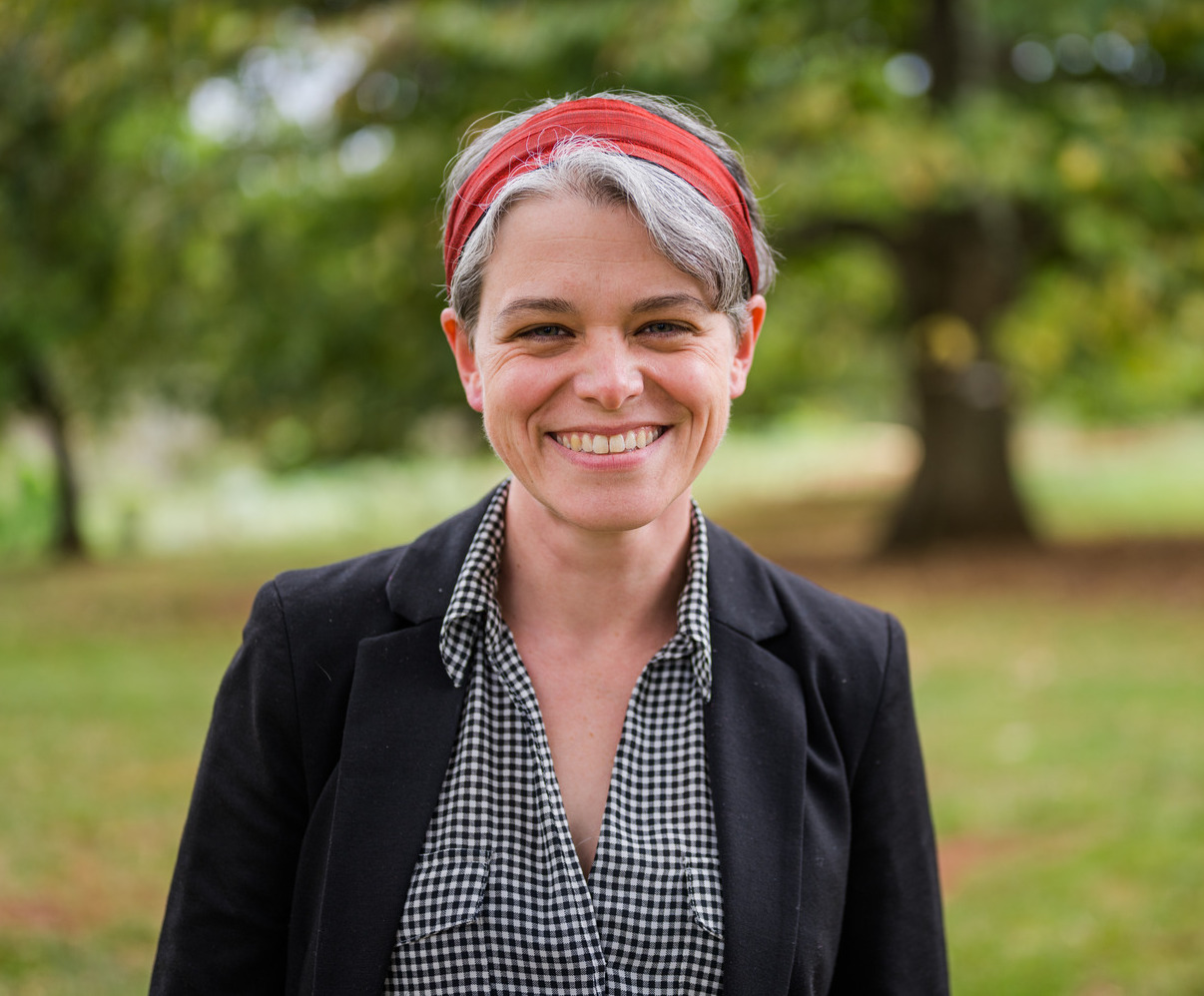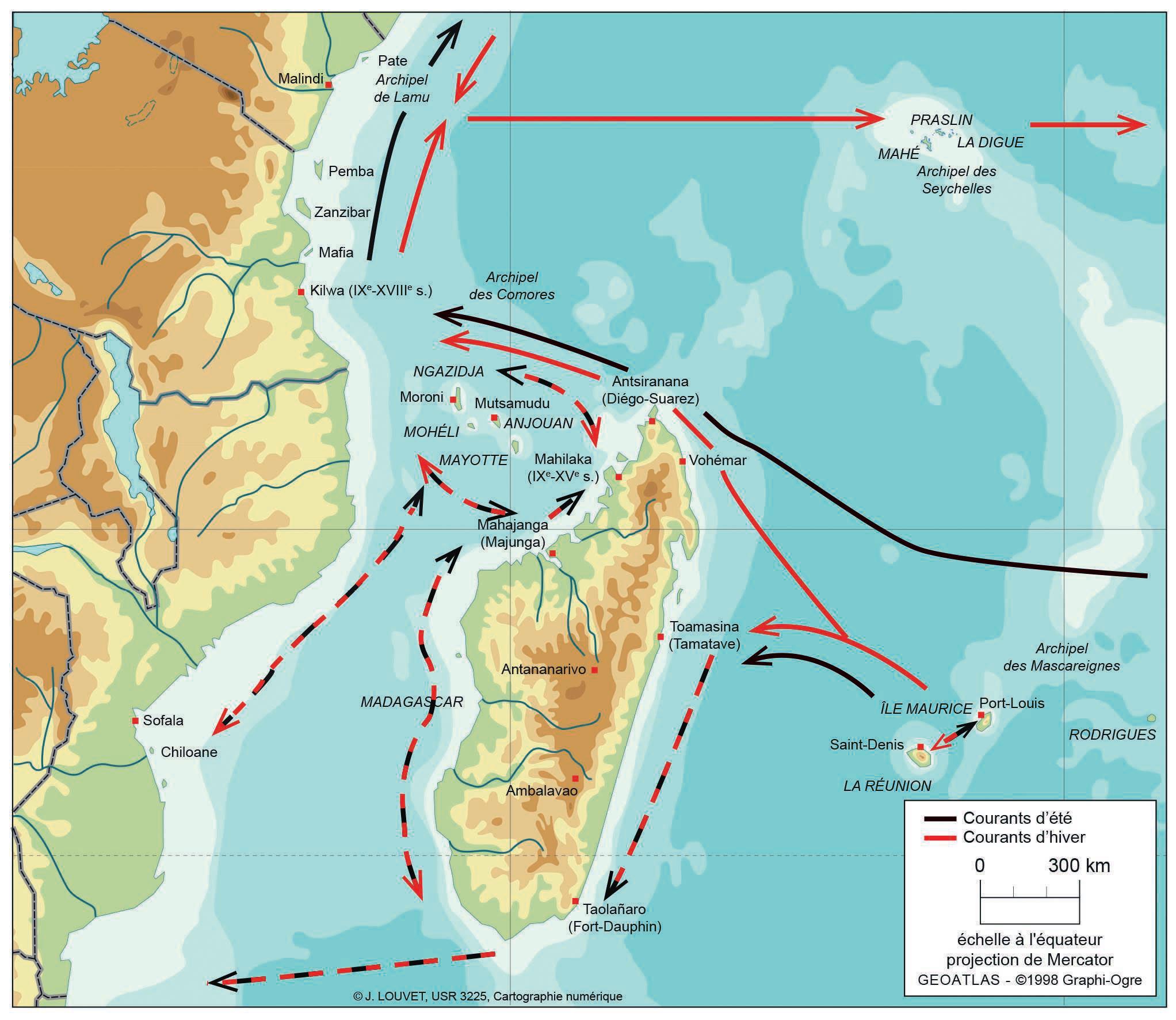Archaeology Brown Bag Series
Archaeology Brown Bag Series
Archaeology Brown Bag Workshops provide an informal, interdisciplinary venue for presentations of work in progress projects by faculty, graduate students, and visiting scholars and for discussion of developments in recent archaeological literature. These events are open to anyone with an interest in archaeology both at UVA and in the greater Charlottesville community.
Want to volunteer a talk or discussion topic? Email Adria LaViolette
For the archive of past Brown Bag Workshops, click here
2023-2024 Brown Bag Series

Oct 13, 4:00-5:30pm | 2nd-Floor Conference Room, Brooks Hall
An Introduction to Cultural Resource Management (CRM) and the Virginia Department of Historic Resources
Sean Tennant
Archaeology Data Manager, Survey and Information Management Division, Department of Historic Resources
This informal talk will discuss the state of CRM archaeology in Virginia and talk about the role of the Virginia Department of Historic Resources in managing Virginia's cultural heritage, as well as opportunities that DHR offers students and researchers. These include DHR's archaeological collections, archaeological conservation lab, and the Virginia Cultural Resource Information System (VCRIS), an online database with over 50,000 archaeological site records and access to over 12,000 archaeological reports.
Oct 20, 1:00-2:30pm | Brooks Hall Commons
An Indigenous Hermeneutic Approach to the Archaeology of Potsherd Pavements in Yoruba Culture
Olanrewaju Lasisi
Mellon Postdoctoral Fellow, Race, Place, and Equity, UVA School of Architecture
Through the lens of indigenous hermeneutics, this talk expands upon the previous interpretation of potsherd pavements in Yoruba culture, moving beyond their role as architectural floors. It emphasizes their multi-functional roles, serving as sundials, naturalistic art objects, and cartographic maps. By examining festival ceremonies associated with potsherd pavements in two Yoruba kingdoms— Ijebu and Ile-Ife— the presentation reveals that the newly identified functions of these pavements are integral to the Yoruba's systems of time-reckoning, ritual practices, power dynamics, and spatial politics, as well as to the broader fabric of their social organization. Therefore, this talk advocates for a nuanced approach to Yoruba archaeology, one that considers the 'unwritten documentations' found within this hermeneutical framework as a basis for locating sites, excavating units, and interpreting finds. Through this hermeneutical lens, we open new avenues for understanding social complexity in pre-colonial African societies.
Co-sponsored by the Interdisciplinary Archaeology Program and the Carter G. Woodson Institute


Nov 10, 4:00-5:30pm | Brooks Hall Commons
Colonoware Ceramics in the South Carolina Lowcountry
Corey Sattes
Curator of Archaeological Collections, Monticello
“Colonoware” is a form of hand-built earthenware pottery made by enslaved Africans and Native Americans between the 17th and 19th centuries. This type of pottery served as daily cooking, storage, and serving vessels for most enslaved people living in colonial-period settlements and plantations in early America. The distinctively “plain” appearance of this pottery is intriguing, as it is quite unlike the vibrantly decorated pottery made by contemporaneous societies in Africa and Native American groups. Sattes will discuss the study of colonoware in Charleston, SC and how current research explores its production and relationship to emerging colonial identities.
Feb 2, 4:00-5:30pm | Fayerweather Hall Lounge
A Scholarly Divide in Research in the Forum at Pompeii: Archaeological Basics Yield Dividends
John Dobbins
Professor Emeritus, Department of Art and Archaeology Interdisciplinary Program, UVA
This talk presents the clash between archaeologists who adhere tenaciously to nineteenth-century views on the Forum at Pompeii and the Pompeii Forum Project (UVA), a late twentieth-century and early twenty-first century project that sees things differently because we use evidence.


Feb 16, 4:00-5:00pm | Brooks Hall Commons
The Valle de Mairana, Bolivia (c. 1000-1532 CE): Elucidating the Everyday
Sophia Marques
Department of Anthropology
Sometime during the Late Intermediate Period or the Late Horizon, the Valle de Mairana, Bolivia became part of the farthest reaches of the Inka empire, which at its height spanned the Andean Mountain range from Colombia to Argentina. However, relatively little is currently known about the people who lived in this valley during these centuries. How did the materiality of daily life respond to and shape people’s lived experiences of and within larger scale transformations surrounding Inka imperialism in the valley? This paper addresses this question with data from pedestrian survey, subsurface testing, and excavation in the valley. A focus on the small-scale realities of lived experience centers the agency of past peoples in shaping their world. What was important to people? How was that negotiated materially? How can we better understand the relations and choices that contributed en masse to large-scale socio-political trends? From this, we begin to explore power and agency in imperial processes, epistemologies of the mundane, and the materiality of relational ontologies.
Mar 15, 4:00-5:15pm | Brooks Hall Commons
Changing Social Relationships Between Plantation Owners and Their Laborers in the 17th-century Chesapeake: Evidence from Tobacco Pipe Assemblages from 44PG92, Flowerdew Hundred
Beth Bollwerk and Fraser Neiman
Department of Archaeology, Monticello
Enslaved Africans, indentured servants, and land-owning family members lived and worked together in close proximity at 44PG92, a mid- to late 17th-century occupation at Virginia’s Flowerdew Hundred. The artifact assemblages, carefully excavated by Dr. Ann Markell and cataloged into the Digital Archaeological Archive of Comparative Slavery (DAACS), contain a wide variety of domestic refuse, including thousands of imported and locally made tobacco pipes. Using detailed contextual and artifact data, we track how these pipes were used across the site and what these patterns can tell us about who used them. We begin by developing a fine-grained, seriation-based chronology, which allows us to measure synchronic spatial patterning and change over time in multiple dimensions of variation among pipe assemblages. We discuss how the results clarify the extent to which locally made pipes were predominantly used by enslaved and indentured laborers or by landowners.


Apr 12, 4:00-5:30pm | Brooks Hall Commons
Finding Community on the Frontier: The archaeology of village life in 2nd millennium western Zambia
Zachary McKeeby
Department of Anthropology
The Machile River and its surrounding tributaries in western Zambia formed a significant locus of Iron Age life in Zambia and served as a conduit for the localized movements of people, things, and ideas in south central Africa over much of the last two millennia. Within this dynamic corridor, the early 2nd-millennium CE Kanono site represents a short-lived but well defined Middle/Late Iron Age farming community that integrated local crafting practices with global and regional orientations, during a period of dramatic political and economic changes across southern, central, and eastern Africa. Combining high-resolution geophysical survey and the results of targeted excavations at Kanono, this talk traces the emergence, growth, and abandonment of the village between the mid-thirteenth and early fifteenth centuries CE. I argue that changes seen in the village relate to the formation of a bounded co-residential community built around unilineal descent, and that founding families may have leveraged prestige in iron working into other forms of prestige – namely wealth in people and access to exotic goods. Approaching the archaeological record at Kanono from the perspective of household archaeology and daily life allows for an evocative ‘peopling’ of south-central African political economies.
April 26 4:00 | Brooks Hall Commons
A global history of insular worlds in the western Indian Ocean: the periodization of transfers and sociocultural changes over a millennium
Laurent Berger
Associate Professor of Anthropology, School for Advanced Studies in Social Sciences (EHESS, Paris) and Research Fellow at the Laboratoire d'anthropologie sociale (Collège de France, Paris)
This talk presents the long-term connections and interdependent trajectories of settlement and development of the islands of Madagascar and the archipelagos of the Comoros, Mascarene Islands and Seychelles in the Western Indian Ocean, between the 8th and 19th centuries. These islands and archipelagos constitute a regional area of acculturation unique in the world, as an Afro-Eurasian civilizational melting pot, forged in one of the last inhabited places of the planet, at the crossroads of Bantu, Arab-Persian, Austronesian, Indian and Western influences, through the centuries-old relations maintained with the Indian Ocean rim, in the west (the Red Sea, the Persian Gulf, the Limpopo and Zambezi rivers, the Swahili islands: Zanzibar, Kilwa, Pemba, Mafia, Pate), as well as to the east (the India of Gujarat, Sindh and the Malabar coast; the Indonesia of Sumatra and Java, the Riau archipelago, Sulawesi and Borneo). The unity of these island worlds is based primarily on common climatic and geographical conditions, which, through deep-sea navigation and coastal shipping, until the advent in the 19th and 20th centuries of steamboats, roads with carriageways and air and sea container lines, created the framework and rhythm of exchanges with the overseas territories. The unity of these island worlds is based secondly on the marginal and then peripheral position that their populations occupy in the exchange networks and the interregional division of labor set up through the export, by their elites, of a servile workforce, foodstuffs (rice, sugar, cattle) and raw materials (wood, minerals, aromatic resins) in order to obtain, until the 19th century, textiles, pearls, precious metals, ceramics and weapons. The objective of this talk is to consider the criteria of historical periodization, highlighting the phases of convergence and divergence of the trajectories of settlement and development of these island worlds through the combined arrival of Bantu and Austronesian populations distinct from the Swahili rise, the regional propagation of Islam and long-distance maritime trade, the insular state formation process and the Indian-oceanic slave trade, the struggles for influence of the Western, Omani and island empires until their colonial annexation.
This talk is sponsored by the Interdisciplinary Archaeology Program and the Department of Anthropology.


